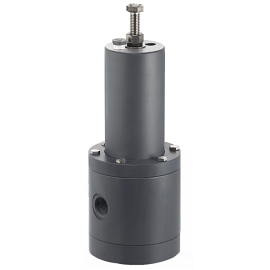Manage Your Liquid Transfer with the Best Fluid Handling Equipment
Fluid handling requires a lot of equipment and pumps. As fluids cannot be moved in the way solids can be, there needs to be a lot of control on their movements. You must chart the path for a fluid to move or otherwise they can move in directions you don't want them to go. Wherever liquids need to be raised to a higher level, pumps come into use. Liquids also require a network of pipes to move from one place to another.
Because of the number of processes that are involved in the movement of fluids, they are taken as a separate subject. Fluid handling can be done by experts who are qualified in the subject. As different liquids need different treatments it is essential for professionally trained people to handle fluid movement.
Protect Your Pumps and Liquid from Pressure Variations
When a liquid moves through diaphragm pumps there are bound to pressure variations. There are points in a pump where no outside pressure is supplied. Here the pressure drops. The pressure variations that result in these pumps can cause a variety of side-effects in the movement of the liquid.

When there are pressure variations many liquids tend to foam up. This is not desirable when the liquid is moving. In many cases the liquid splashes due to the pressure difference. There are also shocks felt in the equipment and container which carry the liquid. Pulsation of the liquid is another result of a pressure drop.
The best solution to avoid these undesirable effects is to fix a pulsation dampener in the system. These help to reduce the vibrations during pumping of the liquid. They can be operated without human intervention. Some of the models protect your system from pressure spikes. These systems help in the smooth flow of liquid and protect regulators, sensors, and solenoids.

Your Piping and Downstream Instruments Need Protection Too
Your pipe and other sensitive instruments in the path of flow of the liquid need protection from sudden pressure increase. They could be totally destroyed if there is a spike in pressure. There are places with regular fluctuation of pressure. In these places, you must have a pressure regulator in the network to protect the fixtures and appliances. The pressure regulators can be set to the desired pressure which is the maximum for the system.
